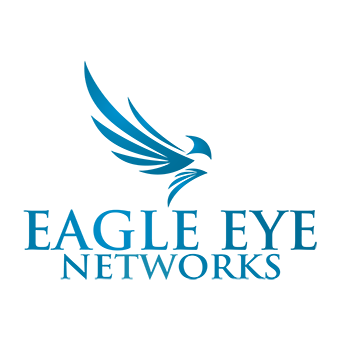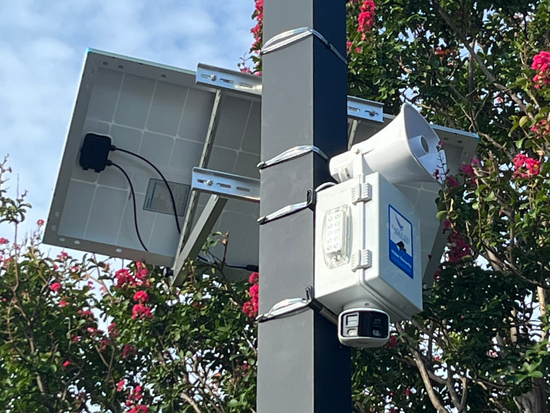
The Cloud refers to on-demand servers that allow users to access software and databases via the Internet. This means companies don’t need to manage physical servers or run software applications on their own devices whenever they use cloud applications.
Cloud is everywhere and chances are you’re already using it. If your organization uses Google Suite, Dropbox, or Salesforce, then you’re using the Cloud. Even outside of work, if you use Netflix, Facebook, or Spotify you’re already using the Cloud.
Cloud Service Models
Cloud services typically come in one of three different models. Every cloud service fits into one of the following categories.
Software-as-a-Service (SaaS)
SaaS is arguably the most common cloud service model and encompasses any software application that is cloud-hosted. Users access the software through the Internet, instead of installing an application on their device. SaaS applications offer a huge advantage for companies when it comes to data storage and scalability.
Examples of SaaS applications include Salesforce, Slack, Dropbox, Zendesk and MailChimp.
Platform-as-a-Service (PaaS)
Platform-as-a-Service is a model where clients pay vendors for the necessary tools to build an application. PaaS is designed to support everything from building, testing, deploying, managing and updating through tools like servers, storage networking, development tools and database management systems.
Examples of PaaS include Google App Engine and OpenShift.
Infrastructure-as-a-Service (IaaS)
There are times when a company needs to build its own application but they don’t want to establish their own servers or storage. That’s where Infrastructure-as-a-Service comes into play. IaaS is when a company rents the servers and storage they need from a cloud provider. Using this, they then build their own applications.
Examples of IaaS include Rackspace and Google Compute Engine.
While these are the three major categories for cloud services, there are other variations. Video Surveillance as a Service, or VSaaS, for example, is how we categorize the Eagle Eye Cloud VMS.
Why Video Surveillance is Moving Towards the Cloud
Video-Surveillance-as-a-Service encompasses video recording, storage, remote viewing, management alerts and cybersecurity. Moving video surveillance today the cloud is becoming more and more prevalent due to the numerous benefits its offers over traditional video surveillance systems.
- Simple setup and low maintenance
- Easy, remote access
- Redundant video and metadata storage
- Increased video retention
The Eagle Eye Cloud VMS was designed to revolutionize video surveillance, creating a VMS that is simple, scalable, and truly secure. Industry applications of cloud video surveillance are very diverse due to the wide variety of advantages. To learn more visit www.een.com/solutions/industries.

Since 2012, Eagle Eye Networks has provided smart cloud surveillance solutions, leveraging AI to drive natural language search, automation, and more. Eagle Eye’s camera-agnostic approach heightens security while saving money, time, and resources.
Other posts that might interest you

Outdoor surveillance: When getting past trailers make sense
Indoor security cameras are typically mounted in fixed, relatively protected locations, such as the corner of a room or flush to the ceiling. And since they're safely out of the…
July 10, 2025
Visualize security like never before: Eagle Eye Networks & CoreSpec 3D™
Ensuring safety and security requires more than just static blueprints, which are often outdated. Imagine navigating a building's security layout in an interactive 3D environment, understanding camera placements, and even…
June 18, 2025
Deter threats in real-time with Eagle Eye Networks and Blue Eye
Proactive threat deterrence is paramount. That's why the integration of Blue Eye's cutting-edge remote video monitoring with the robust, cloud-native infrastructure of Eagle Eye Networks is so important. Together, they…
June 10, 2025








